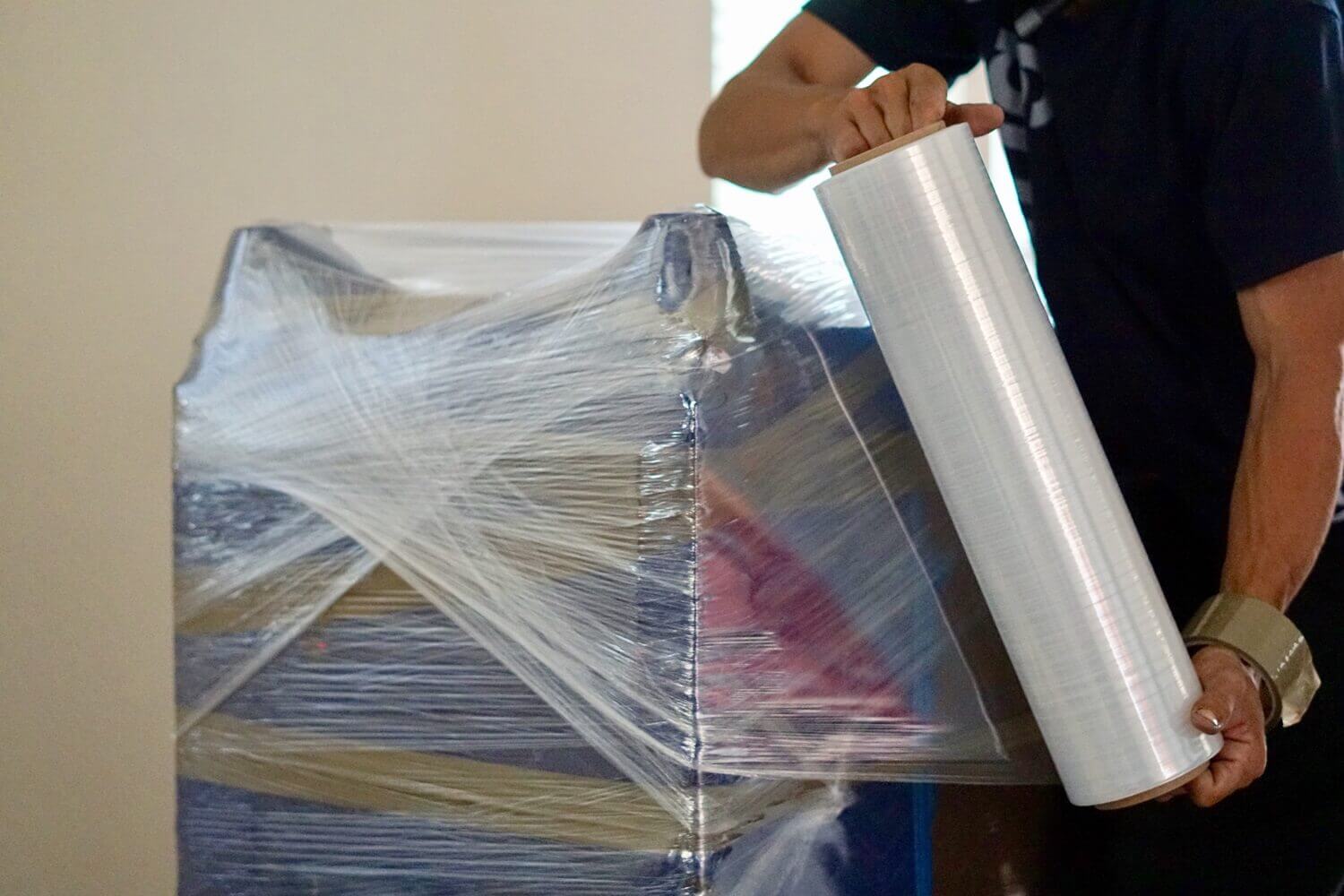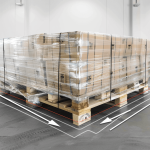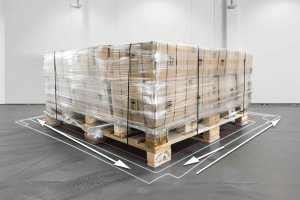
Shrink wrap is a common type of plastic wrap packaging used in various industries for bundling and protecting items. It is known for its ability to tightly conform to the shape of the objects it covers when heat is applied, creating a tight and secure fit. When it comes to shrink wrap, there are different materials available, each with its own unique characteristics and applications.
In this article, we will explore three popular types of shrink wrap materials: PVC, polyolefin, and polyethylene, and compare their features and uses.
PVC Shrink Wrap
PVC (Polyvinyl Chloride) shrink wrap is a versatile and widely used material in the packaging industry. It is known for its clarity, making it ideal for showcasing products while providing protection. PVC shrink film packaging offers excellent puncture resistance, ensuring that the packaged items remain intact during handling and transportation. Moreover, PVC shrink wrap is known for its high shrinkage rate, meaning it can tightly wrap around irregularly shaped items with ease.
One of the key advantages of PVC shrink wrap is its affordability. It is a cost-effective option for businesses looking to package their products securely without breaking the bank. Additionally, PVC shrink wrap is easy to use and can be applied using various methods, including heat guns, shrink tunnels, and even handheld sealers.
However, note that PVC shrink wrap may not be suitable for all applications. It emits a distinct odor when heated, which some users may find unpleasant.
Polyolefin Shrink Wrap
Polyolefin shrink wrap is another popular choice for packaging due to its versatility and superior strength. Made from polyethylene and polypropylene resins, polyolefin shrink film offers excellent clarity, making it suitable for retail packaging where product visibility is essential. Unlike PVC shrink wrap, polyolefin does not emit any strong odors when heated, making it more pleasant to work with.
One of the main advantages of polyolefin shrink wrap is its high tensile strength, which provides superior protection against tears and punctures. This makes it an ideal choice for packaging sharp or heavy items that require extra durability. Additionally, polyolefin shrink film packaging is recyclable, making it a more environmentally friendly option.
Polyolefin shrink wrap also offers exceptional seal strength, ensuring that the packaged items remain securely enclosed. It can be applied using various heat sources, including heat guns, shrink tunnels, and L-bar sealers, which provide flexibility in packaging operations.
However, polyolefin shrink wrap tends to have a lower shrinkage rate compared to PVC, which may affect its ability to tightly conform to irregularly shaped items.
Polyethylene Shrink Wrap
Polyethylene shrink wrap is a durable and cost-effective packaging solution commonly used in industrial and commercial applications. It is known for its excellent clarity and high shrinkage rate, which makes it suitable for wrapping a wide range of products, from food items to machinery parts. Polyethylene shrink film packaging offers good puncture resistance, ensuring that the packaged items remain protected during transit and storage.
One of the key advantages of polyethylene shrink wrap is its versatility. It can be used with various types of heat sources, including heat guns, shrink tunnels, and impulse sealers, providing flexibility in packaging operations. Moreover, polyethylene shrink wrap is easy to work with and can be applied quickly, saving time and labor costs.
However, polyethylene shrink wrap may not offer the same level of clarity as PVC or polyolefin shrink wrap. Additionally, while polyethylene is recyclable, not all recycling facilities accept shrink wrap materials, which can limit its environmental benefits.
| Material | PVC Shrink Wrap | Polyolefin Shrink Wrap | Polyethylene Shrink Wrap |
|---|---|---|---|
| Affordability | Affordable | – | – |
| Shrinkage Rate | Shrinks a lot | Shrinks moderately | Shrinks a lot |
| Strength | – | Strong | Good strength |
| Recyclability | – | Recyclable | Recyclable |
| Odor | Smells when heated | No strong smell when heated | – |
| Clarity | Shows products well | Very clear | Very clear |
| Versatility | Easy to use | Various uses | Versatile |
| Environmental | – | More eco-friendly | Not all recyclable |
| Popular Uses | Many uses, including retail | Good for retail, recyclable | Various, including food, machines |
Final Takeaways
As far as shrink wrap is concerned, choosing the right material is important to ensure the safety and integrity of packaged items. PVC, polyolefin, and polyethylene shrink wrap each offer unique features and benefits, catering to different packaging needs and preferences. While PVC shrink wrap is known for its affordability and high shrinkage rate, polyolefin shrink wrap offers superior strength and recyclability.
On the other hand, polyethylene shrink wrap provides versatility and ease of use, making it a popular choice for various applications. Through understanding the characteristics of each material, businesses can make informed decisions to optimize their shrink wrap packaging processes and meet their packaging goals effectively.



